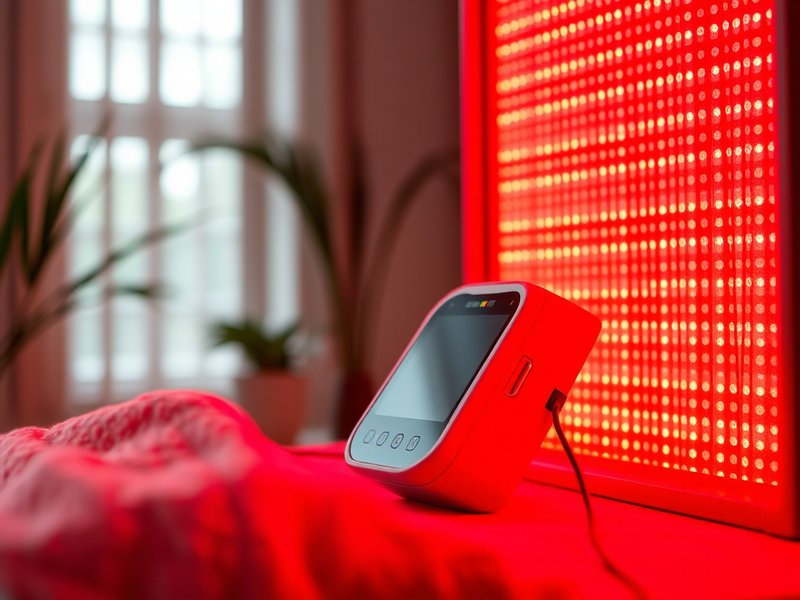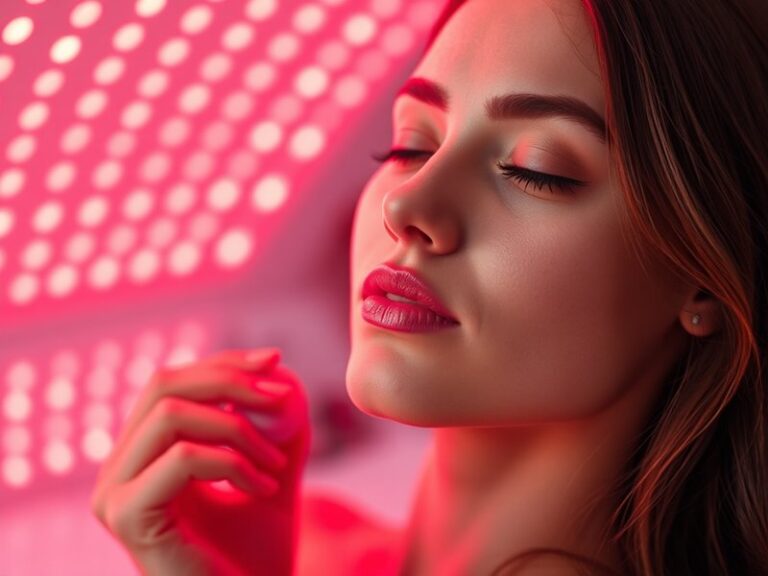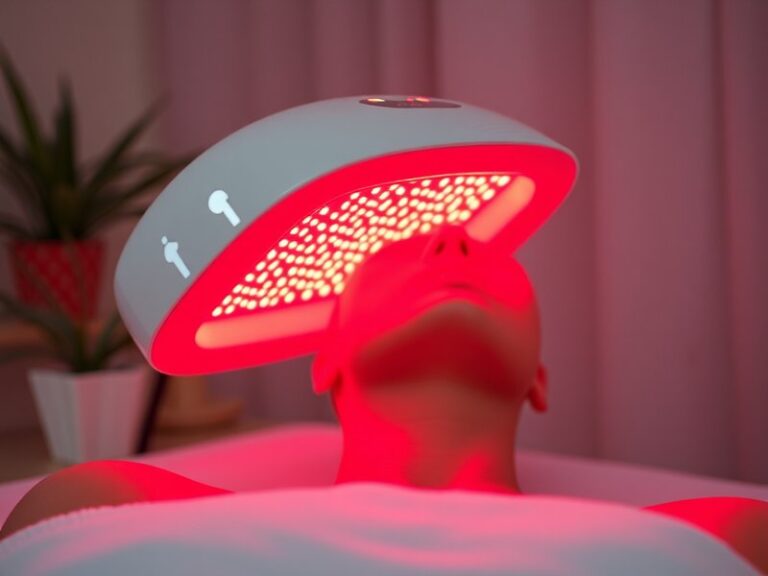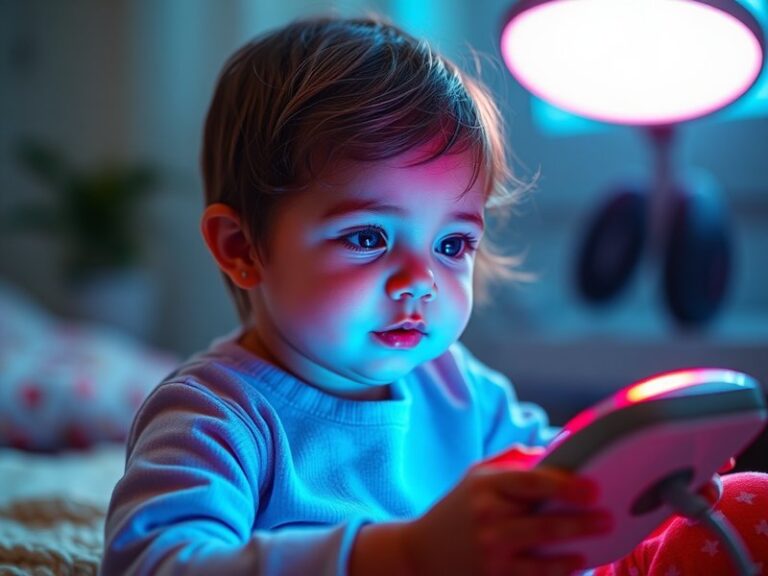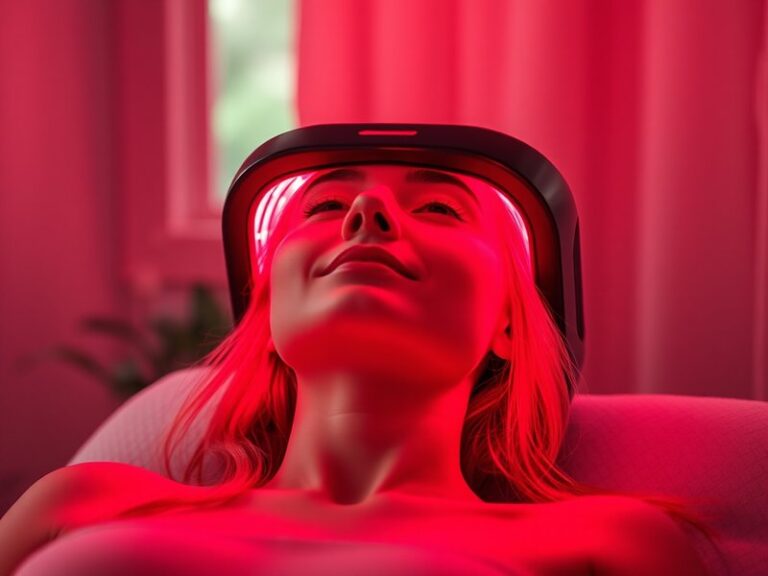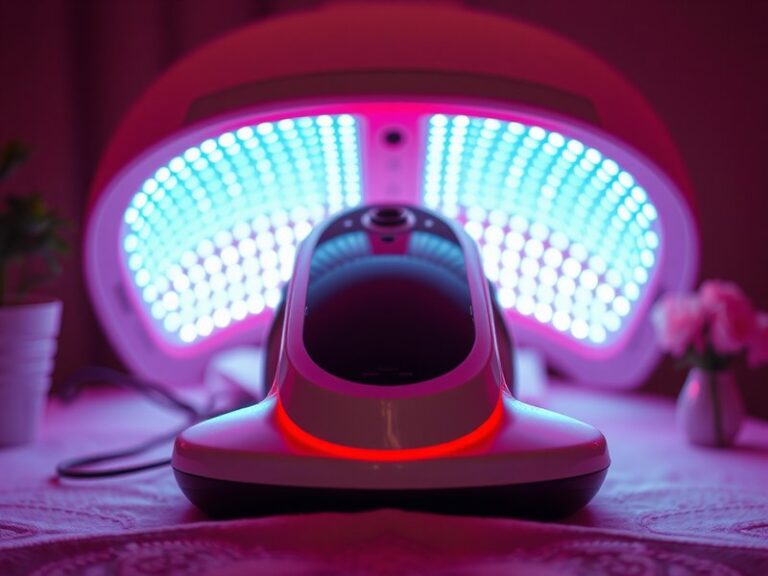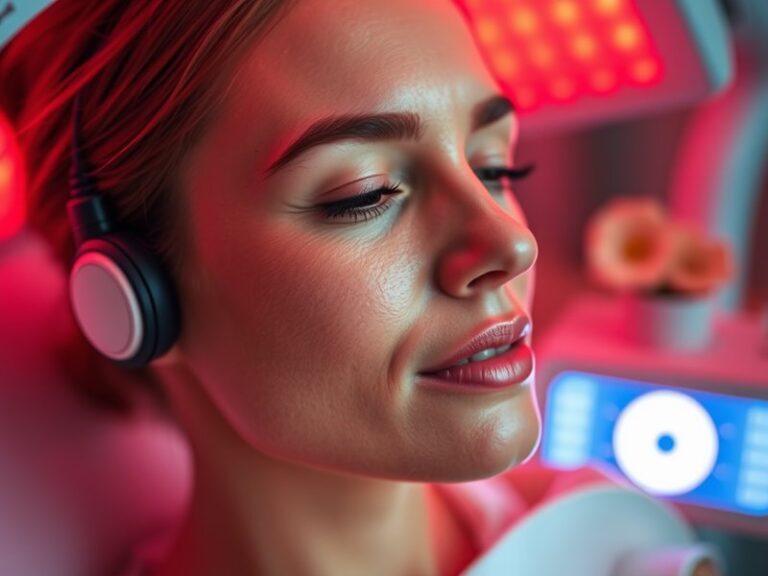What Can Red Light Therapy Be Used For?
What Can Red Light Therapy Be Used For?
Have you ever wondered about the potential benefits of red light therapy? With its growing popularity in wellness and skincare, many are curious about what this therapy can offer.
This article will explore red light therapy in detail, discussing its uses, benefits, considerations before trying it, alternatives to consider, and frequently asked questions. By the end, you’ll have a clear understanding of what red light therapy is and if it’s right for you.
Key Takeaways
- Red light therapy is used for various purposes, including skin rejuvenation, pain relief, and muscle recovery.
- The therapy harnesses specific wavelengths of light, which offer numerous benefits to the skin and overall health.
- While red light therapy is generally safe, there are important considerations and alternatives to keep in mind.
What is Red Light Therapy?
Red light therapy, also known as low-level laser therapy (LLLT) or photobiomodulation (PBM), involves exposing the body to low levels of red or near-infrared light. This therapy works on the principle that specific wavelengths of light can penetrate the skin and influence cellular processes, promoting healing, decreasing inflammation, and improving tissue repair.
The therapy typically employs devices that emit red light at wavelengths of 600 to 650 nanometers. These wavelengths are absorbed by the mitochondria in cells, leading to increased energy production (ATP), reduced oxidative stress, and enhanced cellular functions. Red light therapy has gained traction in various fields, including dermatology, sports medicine, and physical rehabilitation.
What are the Benefits of Red Light Therapy?
This section outlines the numerous advantages red light therapy can offer. Let’s delve deeper into some of its key benefits.
Skin Rejuvenation and Anti-Aging
Red light therapy stimulates collagen production, a vital protein that helps maintain skin elasticity and firmness. Studies suggest that regular treatments can reduce fine lines, wrinkles, and overall skin texture, giving a youthful appearance.
Pain Relief and Inflammation Reduction
Numerous studies have shown that red light therapy can help alleviate chronic pain and reduce inflammation. It’s particularly beneficial for conditions like arthritis, muscle strains, and joint pain, as it promotes circulation and accelerates healing.
Enhanced Muscle Recovery and Performance
Athletes and fitness enthusiasts use red light therapy for its effects on muscle recovery. By facilitating better blood flow and reducing lactic acid buildup, red light therapy can help decrease soreness and speed up recovery post-exercise.
Improved Wound Healing and Tissue Repair
Red light therapy has been shown to enhance the healing process for wounds, burns, and surgical incisions. Its ability to accelerate tissue repair makes it a popular choice in clinical settings.
Potential Mood Enhancement and Sleep Improvement
Some studies suggest that red light therapy may positively affect mood and sleep quality. Exposure to specific wavelengths can influence hormonal balance and circadian rhythms, promoting relaxation and improving overall mental well-being.
Is it Possible to Use Red Light Therapy at Home?
Yes, many people use at-home devices for red light therapy, making it more accessible. Home units such as handheld devices, masks, or panels allow for easy integration into daily routines. However, knowing the guidelines for proper use is important.
What are the Advantages of At-Home Red Light Therapy?
The ease of use, convenience, and additional savings on therapy sessions present notable advantages.
Wide Availability
With many devices available online and in stores, finding a reliable unit tailored to your needs is straightforward.
Cost-Effective
By owning a device, you can save money on therapy sessions and access it whenever convenient for you.
Get the full picture in Can Red Light Therapy Treat Lips?
Privacy and Comfort
Using red light therapy at home provides a comfortable, private space to incorporate self-care into your routine.
What are the Disadvantages of At-Home Red Light Therapy?
While there are many benefits, there are considerations that might pose disadvantages.
Check out our breakdown Can Red Light Help Skin?
Effectiveness Compared to Professional Treatments
At-home devices may not deliver the same intensity or effectiveness as professional equipment, which could lead to less noticeable results.
Learning Curve
Proper usage techniques can take some time to master. Familiarizing yourself with the device and guidelines can enhance the experience.
Initial Costs
Although savings are realized over time, there can be a significant initial investment in purchasing a quality device.
What are the Things to Consider Before Using Red Light Therapy?
Before starting red light therapy, several factors must be weighed to ensure the best outcomes.
Skin Type and Sensitivity
Understanding your skin type is crucial, as certain skin types may be more prone to reactions or sensitivity. Conducting a patch test can help determine your skin’s response.
Consistency of Treatment
For red light therapy to be effective, consistency is key. Regular sessions over time are typically required to notice significant benefits. Ensure you are prepared to commit to a schedule.
Health Conditions
If you have specific health conditions, consult with a healthcare professional beforehand. Certain conditions may require special consideration or adaptation of treatment.
Device Selection
Choosing the right device is vital. Look for FDA-cleared options with suitable wavelengths and power output to ensure you receive authentic red light therapy benefits.
What are the Alternatives to Red Light Therapy?
While red light therapy has numerous benefits, there are alternative therapies available that can offer similar advantages.
Cold Laser Therapy
Cold laser therapy, similar to red light therapy, uses specific wavelengths to assist in pain relief and tissue healing but typically employs lower energy levels. It’s often used in chiropractic and physical therapy settings.
Infrared Sauna
Infrared saunas use infrared light to create heat, which promotes sweating, detoxification, and relaxation. Many individuals find this effective for muscle recovery and general well-being.
Microdermabrasion and Chemical Peels
For skincare purposes, treatments like microdermabrasion and chemical peels can improve skin texture, reduce visible signs of aging, and promote cell turnover, comparable benefits to those sought from red light therapy.
Conclusion: Is it Recommended to Try Red Light Therapy?
Red light therapy presents various benefits, especially for skin health, pain relief, and muscle recovery. While it is generally safe and can be performed at home, it is essential to weigh your options and consider personal needs before beginning. Overall, many find red light therapy a promising addition to their wellness regimen.
Frequently Asked Questions
What is the best wavelength for red light therapy?
The most effective wavelengths typically fall between 600 to 650 nanometers for visible red light, and 700 to 1000 nanometers for near-infrared light. Each range targets different tissues and conditions.
How often should I use red light therapy?
The frequency depends on individual goals and the device used. Most recommendations suggest sessions ranging from 2 to 5 times a week for optimal results.
Are there any side effects to red light therapy?
Red light therapy is generally considered safe, with minimal side effects. Some users may experience mild side effects like temporary redness or tightness of the skin.
Can red light therapy help with acne?
Yes, red light therapy can aid in reducing acne by calming inflammation and promoting healing. It may be beneficial when combined with other treatments.
How long does a session typically last?
Most sessions last between 10 and 30 minutes, depending on the device and desired results. Always refer to the device instructions for specifics.
Can pregnant women use red light therapy?
While red light therapy is generally safe, it’s best for pregnant women to consult with a healthcare provider before use to avoid any potential risks.
